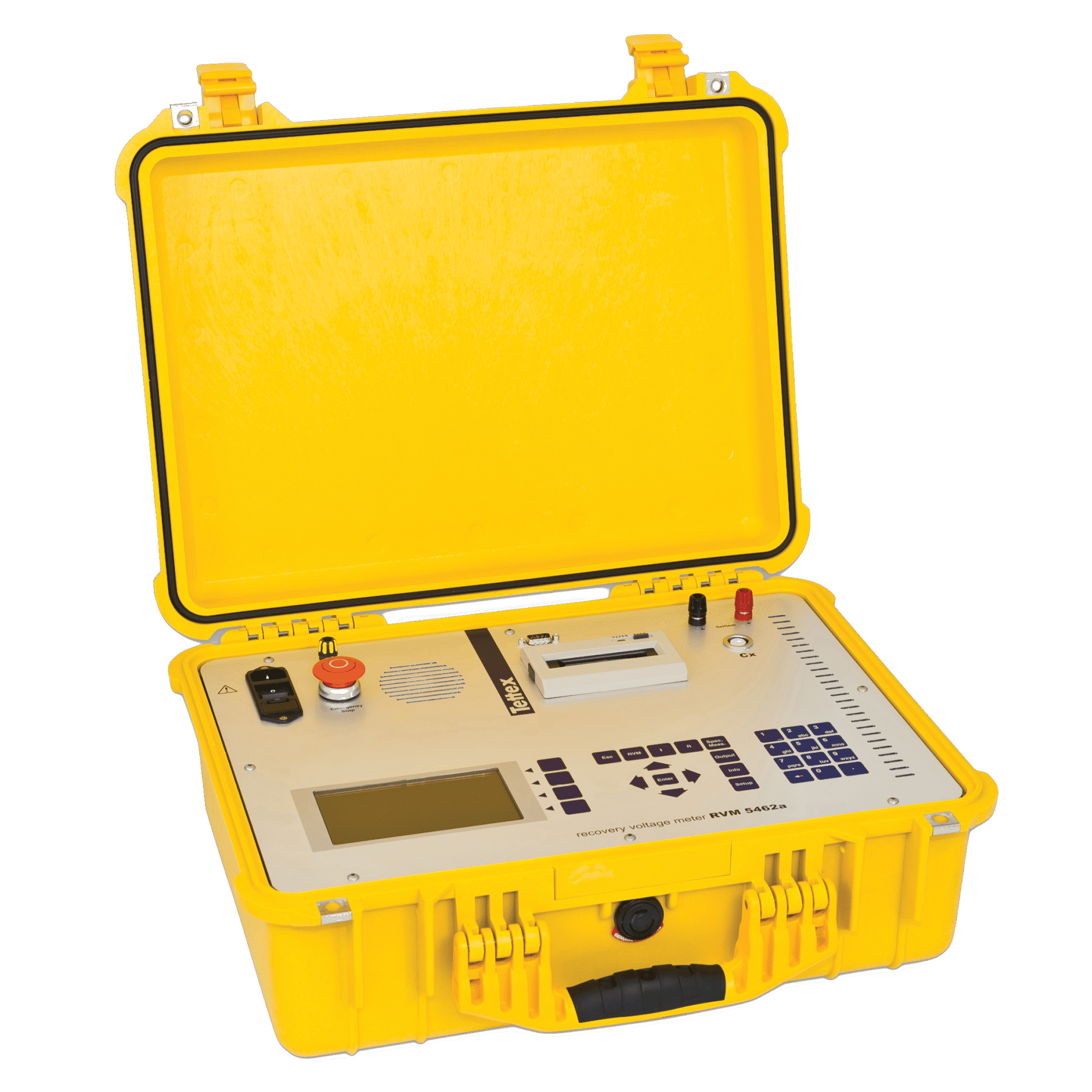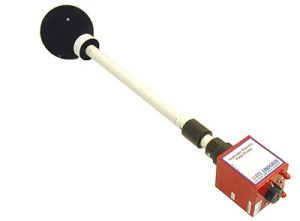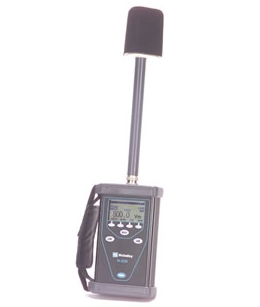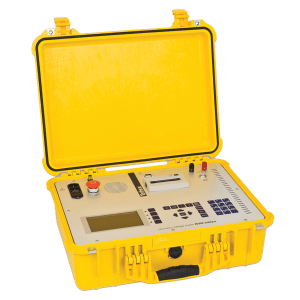RVM 5462b Recovery Voltage Meter
RVM 5462 effectively completes our range of conventional insulation diagnosis methods, e.g. dissipation factor (tan delta), partial discharge measurements, oil analysis, etc. It provides an indication of the water content in the solid insulation (oil impregnated paper) and therefore the aging status of this crucial transformer component.
The Recovery Voltage Method is based on established knowledge: the phenomenon of the polarization of oil impregnated paper insulation. There are different types of polarization. In case of moist oil-paper insulation, there is a polarization due to the water molecules contained in the insulation. By applying a DC voltage, these molecules (which were electrically neutral) acquire a polarity and try to drift in the direction of the electrical field. That means, molecules are now energized. when the circuit is shorted and opened some energy is still stored in the molecules. Voltage due to this stored energy can be measured and is called the “recovery voltage“.
By this method, insulation condition is examined by tracing the polarization spectrum from the results of the recovery voltage measurements.
Advantages
Applications






